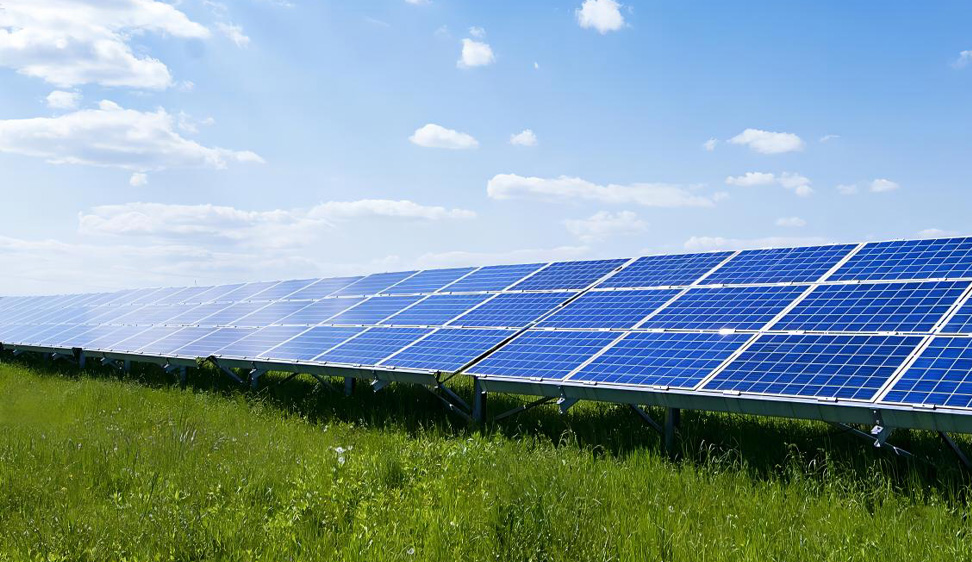Maximizing Solar Power Efficiency: Understanding Solar Panel Size and Inverter on Grid
2024-04-24

As the world embraces renewable energy, solar power stands out as a top contender for sustainable and clean energy. With technology advancements and growing environmental awareness, more individuals and businesses are adopting solar photovoltaic (PV) systems. However, to truly maximize the efficiency and benefits of solar power, it's crucial to grasp the components and complexities of a solar PV system, particularly the significance of solar panel size and inverter selection.
One of the key components of a solar PV system is the solar panel. The size and efficiency of the solar panel play a significant role in determining the overall performance of the system. When it comes to choosing the right solar panel size, several factors need to be considered, including the available space for installation, energy requirements, and budget constraints. Additionally, the type of solar panel and its efficiency ratings are important considerations when determining the optimal size for a solar PV system.
Alongside the solar panel, the inverter is a vital component of a solar PV system. It's responsible for converting the direct current (DC) electricity generated by the solar panels into alternating current (AC) electricity, which powers electrical devices and appliances. When choosing an inverter for an on-grid solar PV system, it's essential to consider factors like maximum input voltage, efficiency ratings, and compatibility with the solar panels. This ensures seamless integration and optimal performance of the system.
In recent news, the KXAHLX-PY photovoltaic combiner box has been recognized as a suitable component for inverters with a maximum input voltage of DC550V/DC1000V. This combiner box, made from PVC engineering material, undergoes rigorous testing for fire resistance, flame retardancy, temperature rise, impact resistance, UV resistance, and more. With a protection level reaching IP65, the KXAHLX-PY combiner box offers reliability and safety for on-grid solar PV systems, enhancing the peace of mind of those embracing solar energy.
When it comes to the wiring and configuration of solar panels within a PV system, a well-designed solar panel wiring diagram is essential for ensuring proper connectivity and efficient energy production. Understanding the layout and interconnection of solar panels, as well as the role of combiner boxes and inverters, is crucial for the successful implementation of a solar PV system.
In conclusion, the size of solar panels and the selection of an on-grid inverter are pivotal factors in the design and performance of a solar PV system. By carefully considering the available space, energy requirements, and technological specifications, individuals and businesses can optimize their solar power generation and contribute to a more sustainable future. With the advancements in combiner box technology, such as the KXAHLX-PY, the safety and reliability of on-grid solar PV systems are further enhanced, providing peace of mind for those embracing solar energy.
As the demand for solar power continues to grow, it is imperative to stay informed about the latest developments and best practices in solar PV system design and implementation. By harnessing solar energy's potential through efficient panel sizing, inverter selection, and advanced components, we can pave the way for a greener and more sustainable energy landscape.





